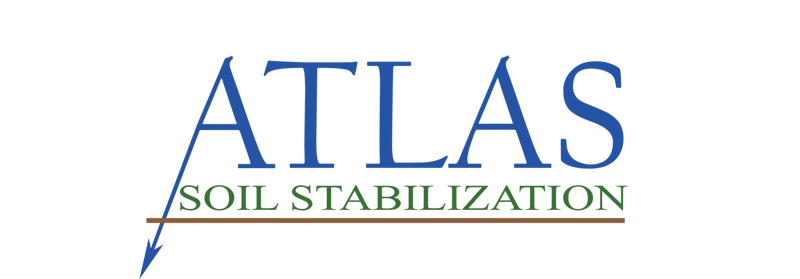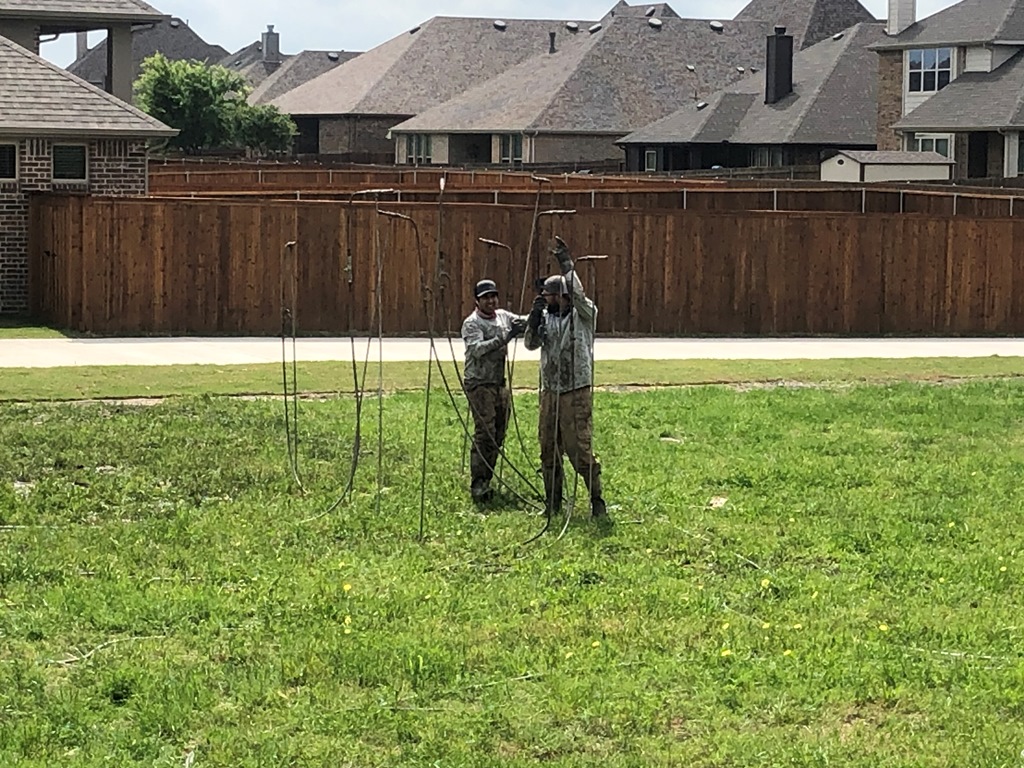
Residential / Commercial Foundations
Expansive soils (soils that swell) can wreak havoc to structures that have not had effective soil remediation (treatment). House and building foundations greatly benefit from soil stabilization such as water injection, chemical injection, or moisture conditioning combined with effective grading and drainage.
Water injection and Chemical injection are typically more affordable and require less time than moisture conditioning, which requires large earth moving equipment to remove then replace the soil under the foundation. Although moisture conditioning can be effective at reducing the soil swell potential, the costs and time requirements are high. Additional compaction testing is often required with moisture conditioning whereas with either injection method it is typically not.
Truck mounted hand injection equipment is our primary injection method set up. Hand injection rigs are as effective as tractor injection rigs but typically use less water, produces less water waste and equally less mud with shorter clean up times. Our rigs can be set up and broken down in under an hour.
The best method to determine if your site requires any type of soil stabilization is to hire a Geotechnical Engineering Professional or Firm. They will take soil samples and test them to determine what type, if any, prep work the soil may require. Additional soil testing is recommended after either water or chemical injections are complete to verify that no additional treatments are needed.
The foundation pad should be no more than 12 inches below the finished subgrade using onsite soils. This will allow for some swelling of the underlying soils from the water injection process. Please do not set concrete forms until the water injection is complete and has passed a post-injection swell test by a state certified engineer.
Once the pad has been prepped, the entire area will be water injected to depths between 8-12 feet depending on your engineer’s recommendations. Typically speaking engineers will also require that the perimeter area 5 feet from the foundation edge be injected as well. Water injections can require 3-4 passes in order to fully hydrate the expansive soils. Water injection pricing can vary depending on soil conditions.
During the injection, rods are spaced 5 feet apart with each subsequent pass having holes offset between previous holes to create an even 2.5 foot spacing throughout the injection area. Injection holes are never reused. Each injection rod is driven into the ground at 12-inch intervals until water is refusing out of previous holes and/or cracks in the soil. Injection rods typically sit for at least 30-45 seconds per 12-inch interval, sometimes longer if the soil is excessively dry or hard. Wetting agents, called surfactants, are typically added to water in an injection water to help the water spread more easily throughout the soil. All of our injection water is a chocolate brown color due to the natural color of the surfactant we use.
After water injections are complete, the upper soils should be scrapped down flat and recompacted. The pad should be capped with black plastic and covered with 12 inches of on-site soils by the grading contractor.
Underground water flow can cause deep soils to swell regardless of the soil stabilization treatment. None of the above-mentioned soil stabilization methods can control or divert underground water. Proper grading a drainage all around the foundation is as equally crucial in helping to prevent the foundation from moving as is the water or chemical injection. Together they are a very successful combination. The ground all around the foundation must slope away from the foundation or it must be covered in a hardscape such as concrete or pavers with surface drains or it must be sloped so that surface water is carried away. The IRC (International Residential Code) has clear requirements for proper grading and drainage around a foundation. Please see the Moisture maintenance Recommendations. Please see the Moisture maintenance Recommendations.


